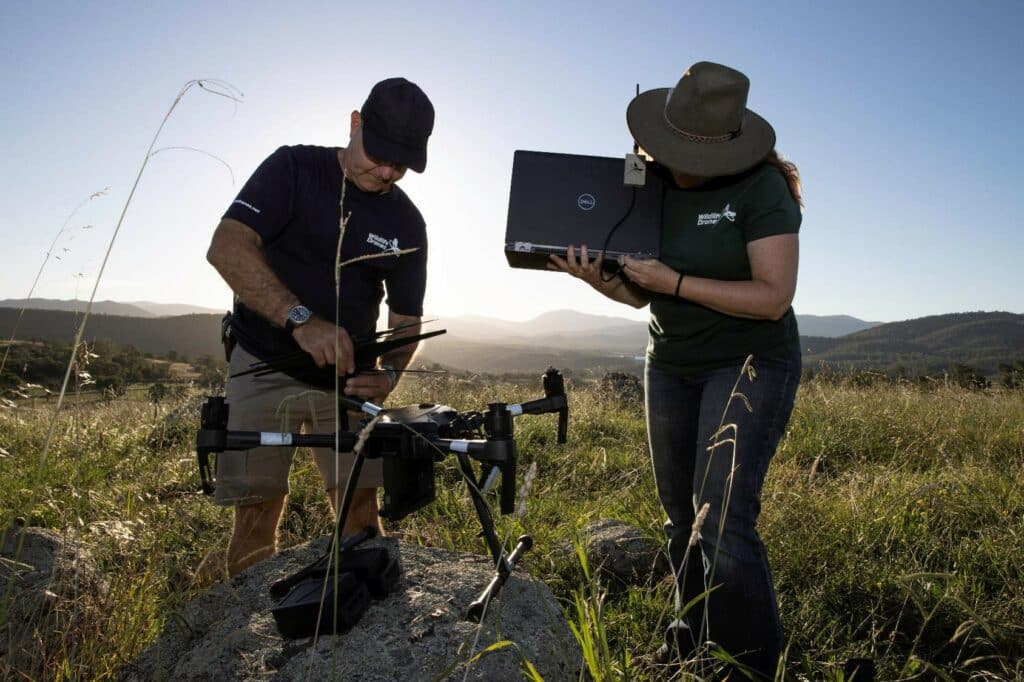
Insights
Tiger Monitoring with drones at Sariska Tiger Reserve in India
Sariska Tiger Reserve is in a semi-arid region that spans over 1200 square kilometres and boasts a diverse range of flora and fauna, including top predators like tigers and leopards. However, the reserve is under threat from anthropological pressure and a drastic increase in the cattle population. The local villagers, who traditionally depended on the forest for their livelihoods, have also been affected by these changes.
The reserve’s history is fascinating, with tiger hunting being a popular pastime for the king of Alwar during the early twentieth century. Thankfully, there have been strict controls on wildlife hunting since then, with several sections of the reserve being closed off for grazing and woodcutting in 1909. After India gained independence, Sariska was protected under the Wild Animal and Bird Act 1955.
Today, the reserve aims to maintain a sustainable population of tigers in India. The forest department and scientists work tirelessly to provide a secure and suitable environment for the wildlife while also considering the scientific, cultural, and ecological aspects of the park.
Overcoming Challenges: The Role of Drone Pilots in Wildlife Conservation
One of the most exciting developments in the reserve’s conservation efforts has been the use of drones. Since 2018, drones have been used to monitor tigers, study floral distribution, plan villages, and respond to emergency situations. The use of technology is becoming increasingly popular across wildlife reserves in India to detect habitat destruction, monitor wildlife, and manage conflicts.
However, being a drone pilot studying and managing wildlife isn’t easy. Nilesh Singh, Drone Pilot at Sariska Tiger Reserve, faces many challenges in his line of work, from finding clear ground and open skies to dealing with network and battery issues. Flying drones in harsh environments such as high altitude areas can be particularly challenging due to faster battery discharge and cleaning of the equipment.

Despite the challenges, Nilesh and other conservationists are making a real difference. By educating people about the harm caused by poaching and dispelling myths surrounding the use of wild animals for religious and medical purposes, they are helping to protect India’s rich biodiversity. By using and adapting new technology tools for crime control inside the forest, improving forest patrols, and involving locals and NGOs, they are taking important steps to protect the environment and economy.
So, if you’re interested in learning more about the conservation efforts at Sariska Tiger Reserve and the role of wildlife drone pilots, be sure to follow Nilesh’s inspiring work on LinkedIn and Instagram, where he shares breathtaking photos of the natural beauty he gets to witness every day.

Wildlife Drones’ world-class radio-telemetry system makes tracking animals faster and more effective than ever before
At Wildlife Drones we understand how challenging it can be to track and monitor wildlife. Our world-class radio-telemetry system is helping to overcome these challenges by making it faster and more effective to track animals than ever before.
With our innovative technology, we were able to simultaneously locate and track up to 40 animals in real-time, saving the team considerable amounts of time and effort.
Contact us today to find out how Wildlife Drones can help with your conservation project.


